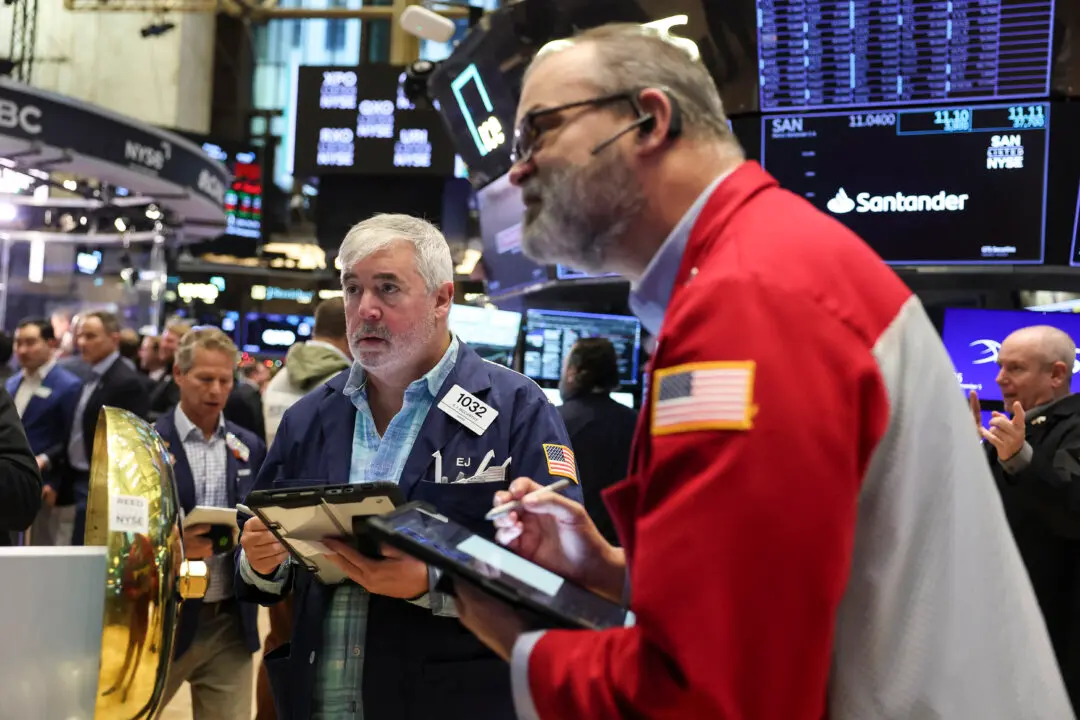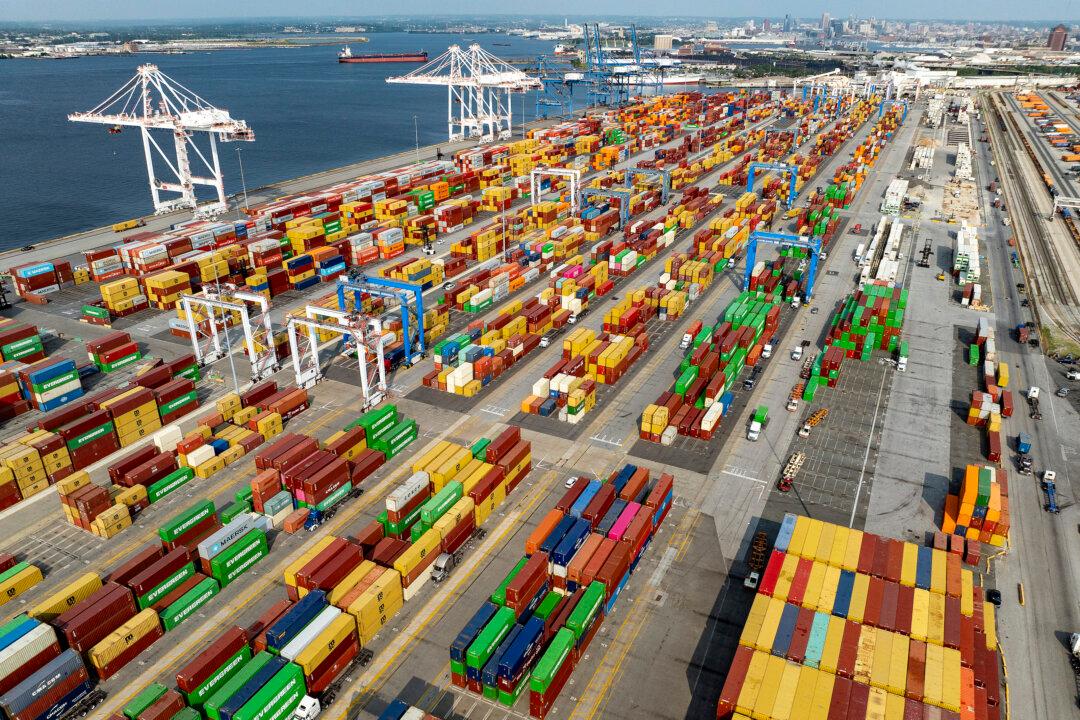Commentary
Recent macroeconomic data from the United States should worry us. Amid the reopening and the biggest fiscal and monetary stimulus in recent history, and with all the possible tailwinds from policy decisions, consumer confidence has plummeted to the lowest level since 2016.





